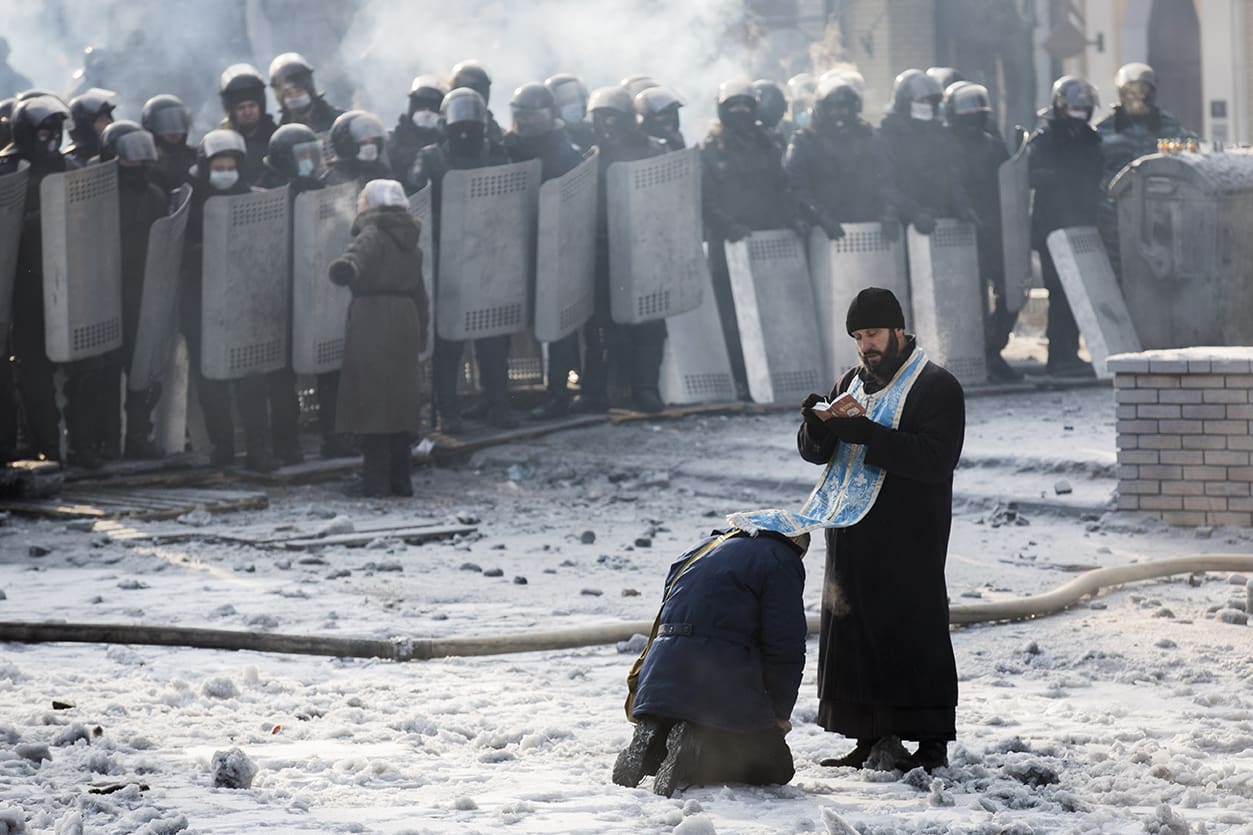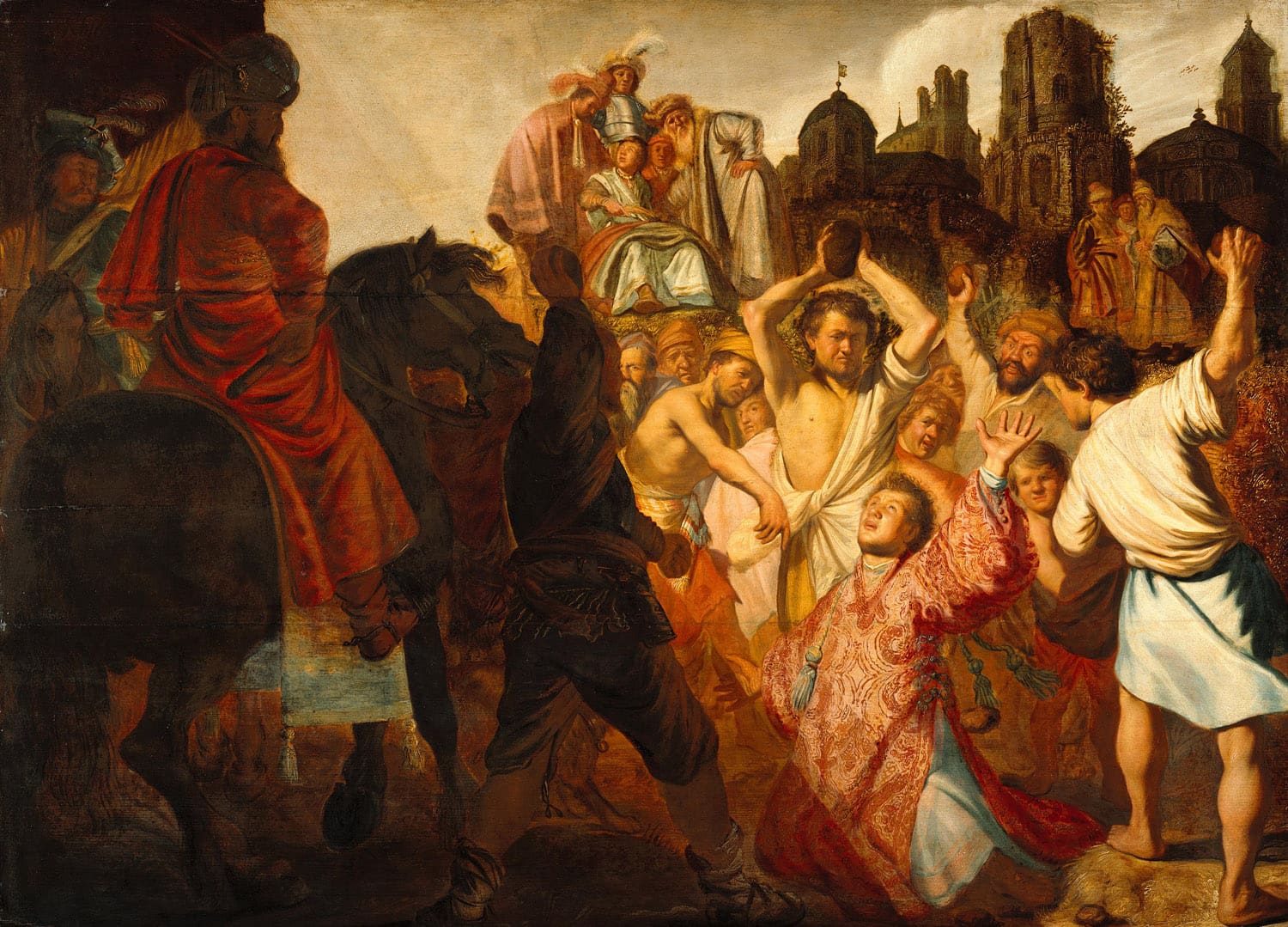“Regaining a sense of silence is a priority, an urgent necessity,” Cardinal Robert Sarah, Prefect for the Congregation on Divine Worship and the Discipline of the Sacraments, claimed recently.
His new book, The Strength of Silence: Against the Dictatorship of Noise, was published in French in October 2016. At the time of its release, the French journal La Nef interviewed Cardinal Sarah, excerpts of which appeared online in English in The Catholic Worship Report (October 3, 2016).
Why is silence necessary today? “God is silence, and this divine silence dwells within a human being,” Cardinal Sarah says. “By living with the silent God, and in Him, we ourselves become silent. Nothing will more readily make us discover God than this silence inscribed at the heart of our being. I am not afraid to state that to be a child of God is to be a child of silence. […]
“God is silence, and the devil is noisy. From the beginning, Satan has sought to mask his lies beneath a deceptive, resonant agitation. The Christian owes it to himself not to be of the world. It is up to him to turn away from the noises of the world, from its rumors that run headlong in order to turn better toward what is essential: God.
“Our busy, ultra-technological age has made us even sicker. Noise has become like a drug on which our contemporaries are dependent. With its festive appearance, noise is a whirlwind that avoids looking oneself in the face and confronting the interior emptiness. It is a diabolical lie. The awakening can only be brutal.”
Pope Benedict XVI, upon his 2011 pastoral visit to the Carthusian Charterhouse of Sarra San Bruno, spoke similarly about the sickness wrought by unending noise. “Technical progress,” he says, “especially in the area of transport and communications, has made human life more comfortable but also more keyed up, at times even frenetic. Cities are almost always noisy, silence is rarely to be found in them because there is always background noise, in some areas even at night. In recent decades, moreover, the development of the media has spread and extended a phenomenon that had already been outlined in the 1960s: virtuality risks predominating over reality. Unbeknownst to them, people are increasingly becoming immersed in a virtual dimension because of the audiovisual messages that accompany their life from morning to night.
“The youngest, born into this condition, seem to want to fill every empty moment with music and images, out of fear of feeling this very emptiness. This is a trend that has always existed, especially among the young and in the more developed urban contexts, but today it has reached a level such as to give rise to talk about anthropological mutation. Some people are no longer able to remain for long periods in silence and solitude.”
In his October interview, Cardinal Sarah also spoke about silence’s importance for the liturgy. The liturgy is a school—or, as has been said, a womb—of human and Christian formation, and thus a place that teaches silence.
“Before God’s majesty, we lose our words,” the Cardinal says. “Who would dare to speak up before the Almighty? St. John Paul II saw in silence the essence of any attitude of prayer, because this silence, laden with the adored presence, manifests ‘the humble acceptance of the creature’s limits vis-à-vis the infinite transcendence of a God who unceasingly reveals Himself as a God of love.’ To refuse this silence filled with confident awe and adoration is to refuse God the freedom to capture us by His love and His presence. Sacred silence is therefore the place where we can encounter God, because we come to Him with the proper attitude of a human being who trembles and stands at a distance while hoping confidently. We priests must relearn the filial fear of God and the sacral character of our relations with Him. We must relearn to tremble with astonishment before the Holiness of God and the unprecedented grace of our priesthood.”
Pope Francis echoed these very same sentiments during his October 20 morning homily. “We cannot know the Lord without this habit of worship, to worship in silence, adoration,” he said. “If I am not mistaken, I believe that this prayer of adoration is the least known by us, it’s the one that we do least. Allow me to say this, waste time in front of the Lord, in front of the mystery of Jesus Christ. Worship him. There in silence, the silence of adoration. He is the Savior and I worship Him” (Zenit, October 20, 2016).
The Cardinal Prefect went on to declare silence a “cardinal law” of the liturgy. He said: “Silence teaches us a major rule of the spiritual life: familiarity does not foster intimacy; on the contrary, a proper distance is a condition for communion. It is by way of adoration that humanity walks toward love. Sacred silence opens the way to mystical silence, full of loving intimacy. Under the yoke of secular reason, we have forgotten that the sacred and worship are the only entrances to the spiritual life. Therefore I do not hesitate to declare that sacred silence is a cardinal law of all liturgical celebration.
“Indeed, it allows us to enter into participation in the mystery being celebrated. Vatican Council II stresses that silence is a privileged means of promoting the participation of the people of God in the liturgy. The Council Fathers intended to show what true liturgical participation is: entrance into the divine mystery. Under the pretext of making access to God easy, some wanted everything in the liturgy to be immediately intelligible, rational, horizontal, and human. But in acting that way, we run the risk of reducing the sacred mystery to good feelings. Under the pretext of pedagogy, some priests indulge in endless commentaries that are flat-footed and mundane. Are these pastors afraid that silence in the presence of the Most High might disconcert the faithful? Do they think that the Holy Spirit is incapable of opening hearts to the divine Mysteries by pouring out on them the light of spiritual grace?
“St. John Paul II warns us: a human being enters into participation in the divine presence ‘above all by letting himself be educated in an adoring silence, because at the summit of the knowledge and experience of God there is His absolute transcendence.’
“Sacred silence is the good of the faithful, and the clerics must not deprive them of it!
“Silence is the cloth from which our liturgies ought to be cut out. Nothing in them should interrupt the silent atmosphere that is their natural climate.”
Here again Cardinal Sarah echoes former papal teaching. Pope John Paul II, upon the 40th anniversary of the Council’s Constitution on the Sacred Liturgy, called for “greater commitment [to] the experience of silence. We need silence ‘if we are to accept in our hearts the full resonance of the voice of the Holy Spirit and to unite our personal prayer more closely to the Word of God and the public voice of the Church’ (Institutio Generalis Liturgiae Horarum 202). In a society that lives at an increasingly frenetic pace, often deafened by noise and confused by the ephemeral, it is vital to rediscover the value of silence. The spread, also outside Christian worship, of practices of meditation that give priority to recollection is not accidental. Why not start with pedagogical daring a specific education in silence within the coordinates of personal Christian experience? Let us keep before our eyes the example of Jesus, who ‘rose and went out to a lonely place, and there he prayed’ (Mk 1:35). The Liturgy, with its different moments and symbols, cannot ignore silence” (Spiritus et Sponsa 13).
No date has been set for the publication of the English edition of Cardinal Sarah’s book.


